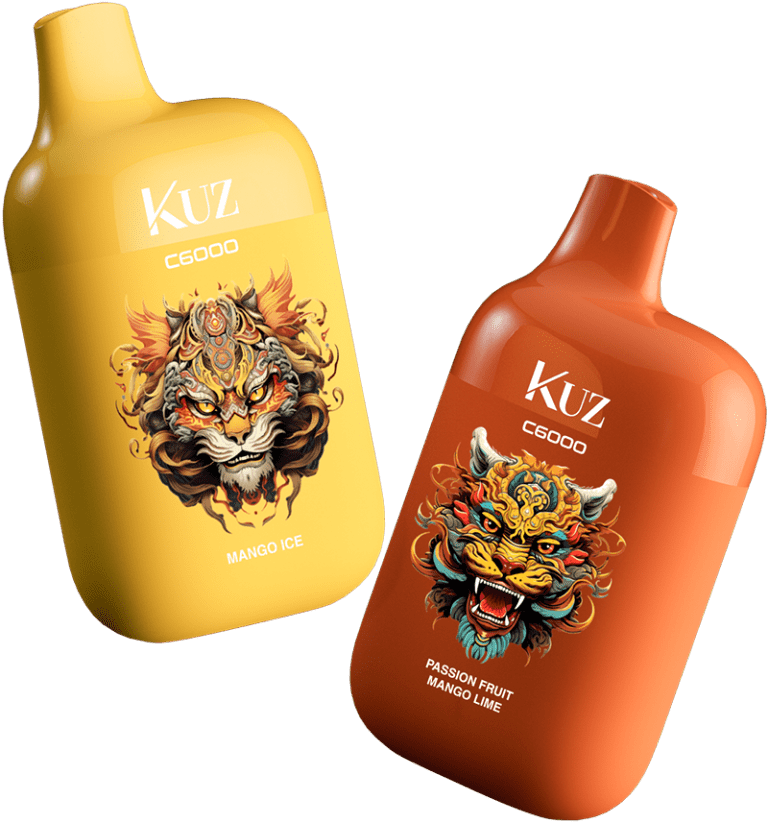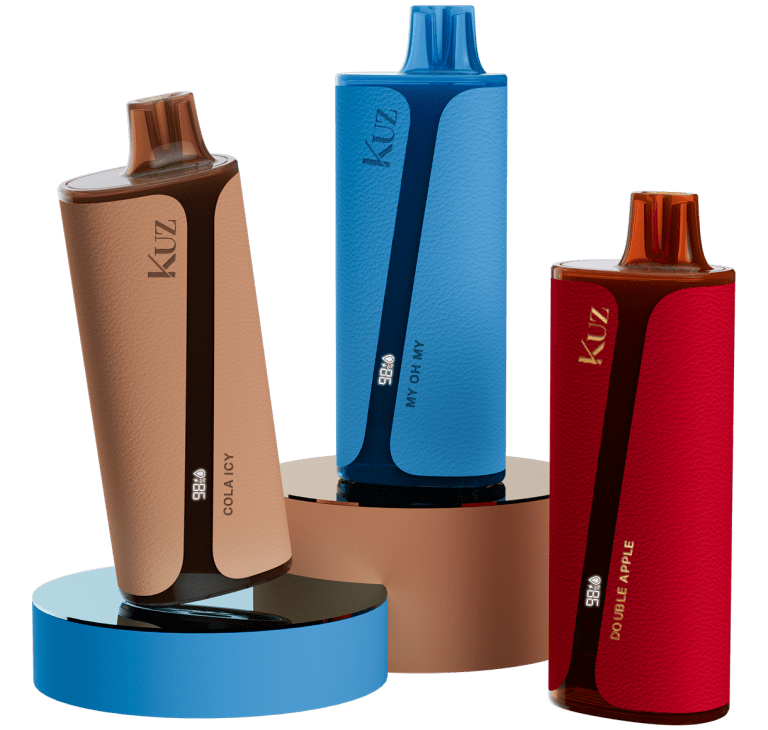In recent years, vaping has become a popular alternative to traditional smoking, with “liquid vape,” or e-liquid, at the center of this revolution. Understanding the components, variations, and safety considerations of liquid vape is essential for anyone exploring the vaping world. This comprehensive guide delves into everything you need to know about e-liquids, from ingredients and flavors to storage and safety.
What is Liquid Vape?
Liquid vape, commonly known as e-liquid or vape juice, is the fluid used in electronic cigarettes and vaporizers. It is heated to produce vapor, which is then inhaled. The primary components of e-liquid include:
- Propylene Glycol (PG): A colorless liquid that provides a throat hit similar to smoking tobacco. PG is less viscous than VG and is often used to enhance flavor delivery.
- Vegetable Glycerin (VG): A thicker liquid responsible for producing dense vapor clouds. VG has a slightly sweet taste and is commonly used in higher concentrations in dessert and sweet-flavored e-liquids.
- Flavorings: E-liquids are available in a vast array of flavors, ranging from fruits and desserts to beverages and tobacco. The variety allows vapers to find their perfect match, enhancing the vaping experience.
- Nicotine (Optional): Available in varying strengths, nicotine is included in e-liquids for those who wish to use vaping as a smoking cessation aid or simply prefer nicotine in their vape.
Exploring E-Liquid Flavors
The world of e-liquid flavors is vast and diverse, catering to all taste preferences. Whether you crave the sweet taste of strawberries, the refreshing coolness of mint, or the robust flavor of tobacco, there’s an e-liquid for you.
- Fruit Flavors: Popular for their refreshing and sweet taste, fruit-flavored e-liquids range from single flavors like apple and mango to complex blends like berry fusion.
- Dessert Flavors: Offering indulgent flavors like vanilla custard, chocolate cake, and caramel, dessert e-liquids are perfect for those with a sweet tooth.
- Menthol and Mint: Known for their cool and invigorating taste, menthol and mint e-liquids provide a refreshing vaping experience.
- Tobacco: For those transitioning from smoking, tobacco-flavored e-liquids offer a familiar taste that can help ease the switch to vaping.
Nicotine Strengths
E-liquids come in various nicotine strengths to suit different preferences and needs. Common strengths include:
- Nicotine-Free (0mg): For those who enjoy vaping without nicotine.
- Low (3mg-6mg): Suitable for light smokers or those who prefer a milder nicotine hit.
- Medium (12mg-18mg): Ideal for moderate smokers transitioning to vaping.
- High (24mg+): Designed for heavy smokers seeking a strong nicotine hit.
Vaping Safety and Considerations
While vaping is often considered a safer alternative to smoking, it’s important to be aware of safety considerations:
- Chemical Exposure: Some e-liquids contain chemicals like acetaldehyde and formaldehyde, known to pose health risks.
- Battery Safety: Proper handling of vape batteries is crucial to prevent accidents such as overheating or explosion.
- Storage: Store e-liquids in a cool, dry place away from direct sunlight to maintain their quality and prolong shelf life.
Conclusion
Understanding the components and variations of liquid vape is essential for a satisfying and safe vaping experience. By selecting the right e-liquid flavors and nicotine strengths, you can tailor your vaping experience to suit your preferences. Always prioritize safety by following proper storage guidelines and being aware of potential chemical exposures. Whether you’re new to vaping or an experienced vaper, the world of liquid vape offers endless possibilities to explore and enjoy.



